Using SVG and cubic beziers, I'm attempting to generate the outline of S-curve shapes of various thicknesses, widths and heights, such as these:
I'm stuck on figuring out where the Bezier handle for each of the four corner nodes should be positioned in order to give the curve formed by their in-between area a constant thickness (or at least approximately).
I can see that the horizontal distance between the inner and outer handle at each end is dependent on the thickness of the curve and the overall curve width and height, but I'm stumped trying to get something that links them all together.
Is there a formula that would give me the horizontal position for each of the handles?
(I'm using d3js, so if there's a plugin or function I've missed that would help with this, that'd be even better).

